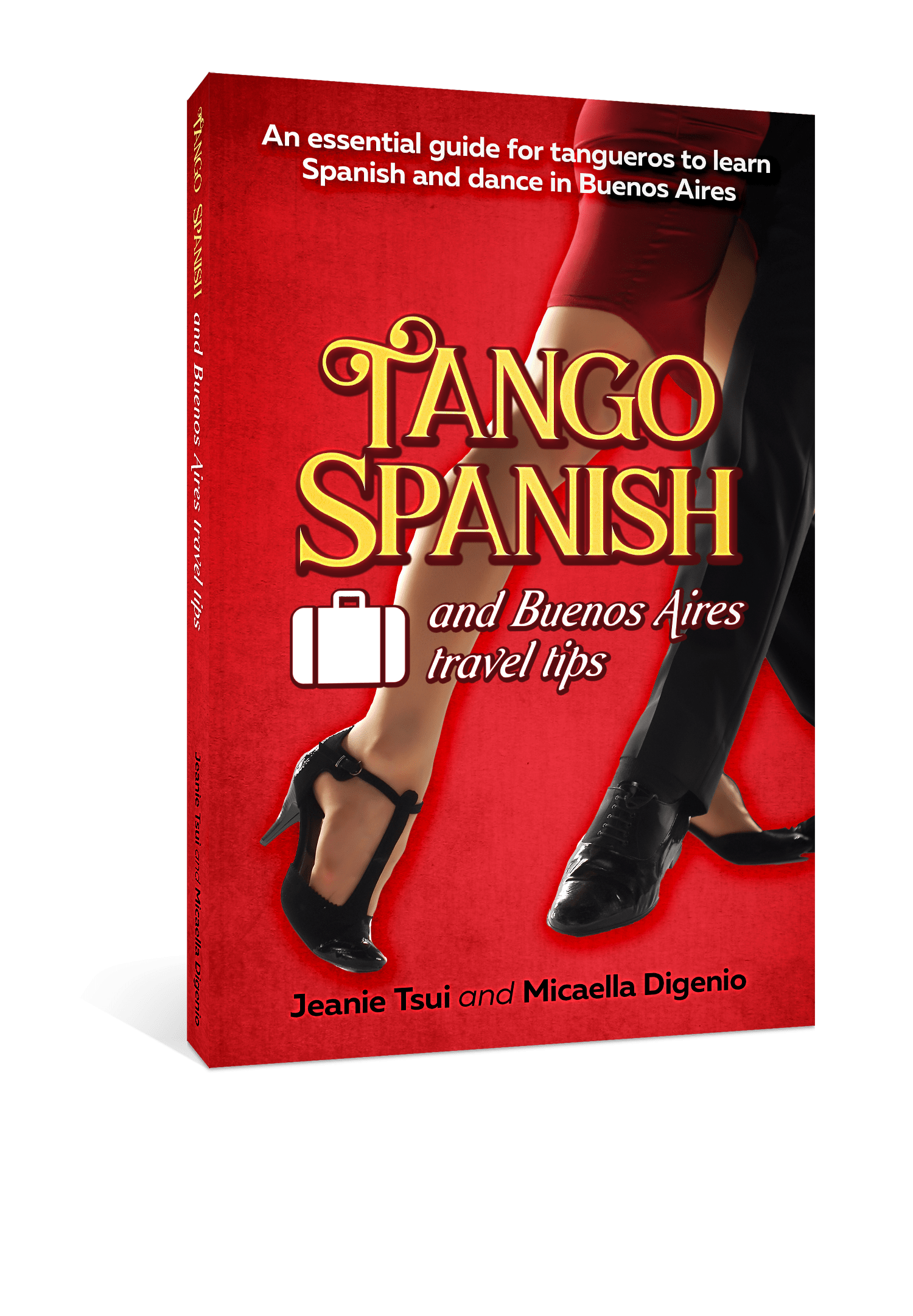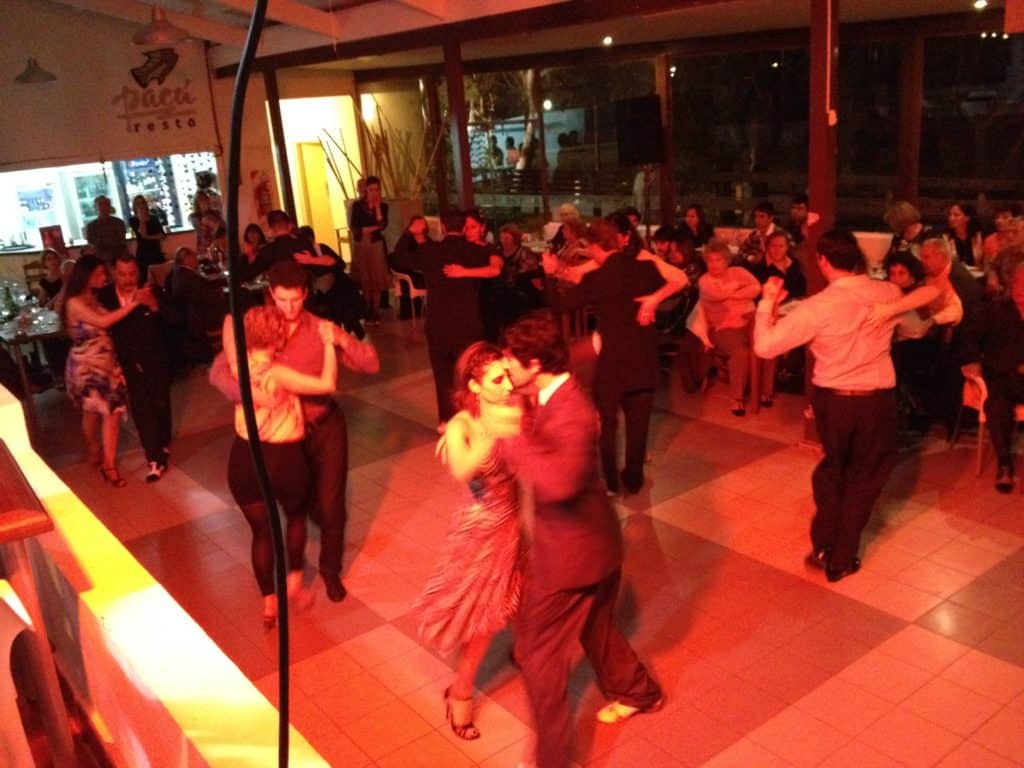7 essential Spanish keywords you must know for tango
Tango is a dance which origin is Argentina, and therefore many keywords are in Spanish.
Learn the following 7 keywords which are often used, and improve your understanding of the dance!
1. Cabeceo
In milonga people usually make an invitation for dance with cabeceo (eye signals) . A man or a lady can look at the person he/she wants to dance with. That person can accept it with a nod, or decline by looking away. This is a subtle form of invitation that avoids embarrassment from both sides if one doesn’t want to dance with the other.
2. Cortina
“Cortina” means curtain. It refers to the non-tango music in between 2 tandas (sets of tango songs). It tells the dancers that they should stop dancing, and the men should escort the ladies back to their seats.
3. Códigos
Códigos (codes) refer to a set of rules in milonga that everybody adheres to, such as performing cabeceo (use of eyes for invitation).
4. Canyengue
Canyengue is an earlier style of dancing which was danced mainly in the early 1900s. It is still danced today but to a lesser extent.
You can view how canyengue is danced here.
5. Tango Fantasía
In Spanish, “fantasía” means “fantasy”. But in tango, “Tango Fantasía” (or Tango Escenario) mean Stage Tango. It is usually danced in an open embrace with exaggerated movements like jumps, which are not usually done in milonga.
Watch here the performance of Mundial del Tango (World Championship of Tango) champion of tango escenario in 2016 here.
6. Pista
“Pista” in Spanish means “floor”, and in Mundial del Tango it represents another category of the competition: Tango de Pista (salon tango). In contrast to tango escenario, participants need to compete as if they were dancing in milongas, and need to follow strict regulations, such as staying in the ronda (line of dance), and not lifting their legs higher than the knees.
Watch here the performance of champions of Tango de Pista of 2010: Sebastian Jimenez and María Ines Bogado here.
7. Ronda
In Spanish, “ronda” means “round”. In tango, “ronda” refers to the line of dance, which are imaginary concentric lines on the dance floor. Couples should move in the counterclockwise direction in the ronda. Each couple should remain at a safe distance from the couple in front/behind them. The ronda ensures couples move on the dance floor in a predictable way, and prevent crashing into each other, especially in crowded milongas.
Want to learn more Spanish for tango? Take a Tango Spanish Skype class with our teachers who are tangueras from Buenos Aires!
Going to Buenos Aires soon? Check out our book Tango Spanish and Buenos Aires Travel Tips!


